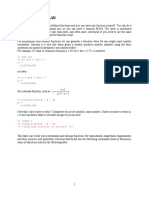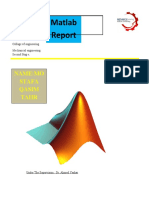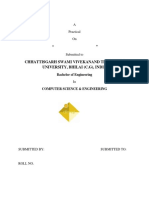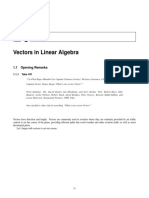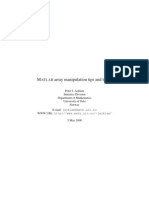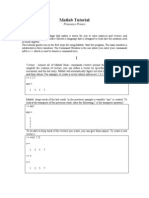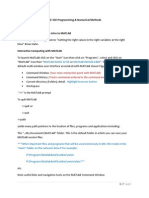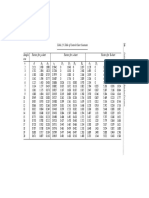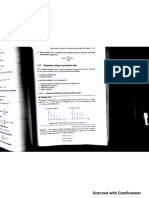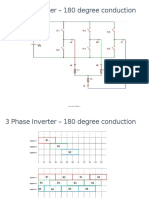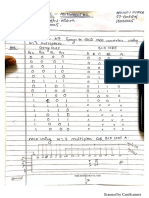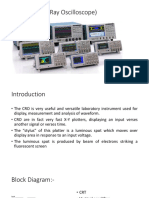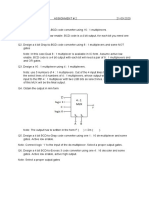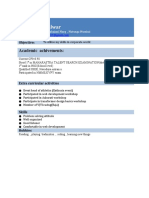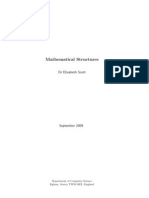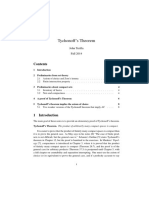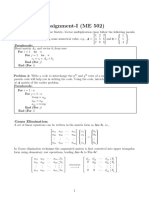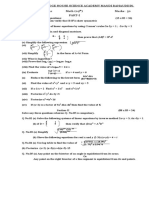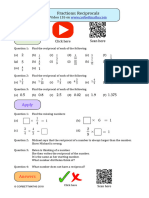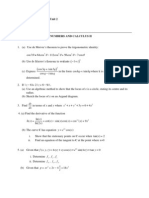0% found this document useful (0 votes)
120 views1 pageArray and Vector Exercises Guide
This document contains 5 exercises on working with arrays of numbers in MATLAB:
1) Calculate y-coordinates of points on a line with given slope and intercept.
2) Perform element-wise operations on a vector including multiplication, division, and exponentiation.
3) Generate x-y coordinate points on a circle and check they satisfy the circle equation.
4) Calculate terms of a geometric series and compare to the theoretical limit.
5) Create a vector and matrix, find their sizes, and extract elements.
Uploaded by
Aniruddha PhalakCopyright
© © All Rights Reserved
We take content rights seriously. If you suspect this is your content, claim it here.
Available Formats
Download as PDF, TXT or read online on Scribd
0% found this document useful (0 votes)
120 views1 pageArray and Vector Exercises Guide
This document contains 5 exercises on working with arrays of numbers in MATLAB:
1) Calculate y-coordinates of points on a line with given slope and intercept.
2) Perform element-wise operations on a vector including multiplication, division, and exponentiation.
3) Generate x-y coordinate points on a circle and check they satisfy the circle equation.
4) Calculate terms of a geometric series and compare to the theoretical limit.
5) Create a vector and matrix, find their sizes, and extract elements.
Uploaded by
Aniruddha PhalakCopyright
© © All Rights Reserved
We take content rights seriously. If you suspect this is your content, claim it here.
Available Formats
Download as PDF, TXT or read online on Scribd
/ 1

